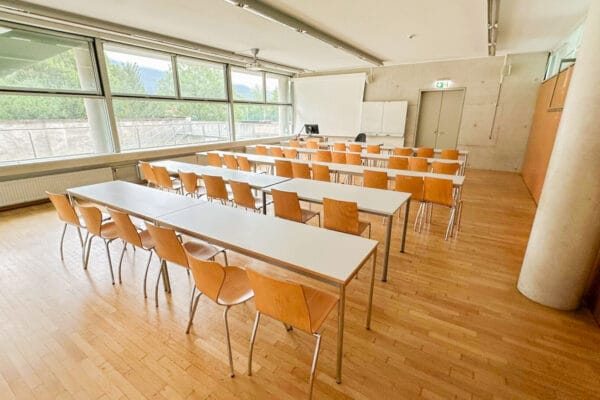
NAME:
SOWI - SR 3
BUILDING:
SOWI
FLOOR:
1
TYPE:
Seminar Room
CAPACITY:
35
ACCESS:
Only Participants
EQUIPMENT:
Beamer, PC, WLAN (Eduroam), Overhead, Flipchart, Blackboard, Handicapped Accessible, LAN
Dams are often lauded as “engineering marvels”, but dam breaks are conveniently clubbed into the category “acts of God” occurring under “force majeure”, shifting accountability from human to non-human causes. The recent dam break disaster in the Teesta valley of Sikkim on the 4th of October 2024 falls neatly within this category. Current public and academic discourse on dams in high mountain regions is largely centered around dam development and their removal, but discourse on dam-disaster and dam hazards including dams-as-hazards has gone missing after Vajont. The Eastern Himalayan region is recently witnessing a burgeoning of dam development, dam induced ecological change and increasing natural calamities across its headwaters, which occupy a unique riverine niche. These headwaters are located in seismically active zones that runs between steeply descending slopes, escarpments and gorges, making the flow of water a powerful but risky resource to harness. Discussing the breaking of Sikkim’s largest dam – the 1200 MW Teesta Stage III, this paper will shed light on the flow of Himalayan waters as being the real hazard in-itself, while unpacking the dam-break disaster as the making of a political hazard. The focus here is to draw attention to the politics of (dam) development and its resultant politics of (dam) disaster or hazards, that has taken heavy toll on lives and properties of communities across the Teesta Valley. I shall argue through the dam-disaster linkage that dam development and dam disaster/hazard act as two sides of the same coin, both of which perpetuates and exacerbates environmental injustice in the region.

We and use cookies and other tracking technologies to improve your experience on our website. We may store and/or access information on a device and process personal data, such as your IP address and browsing data, for personalised advertising and content, advertising and content measurement, audience research and services development. Additionally, we may utilize precise geolocation data and identification through device scanning.
Please note that your consent will be valid across all our subdomains. You can change or withdraw your consent at any time by clicking the “Consent Preferences” button at the bottom of your screen. We respect your choices and are committed to providing you with a transparent and secure browsing experience.